In this audio clip, Phakchok Rinpoche comments on “Parting from the Four Attachments” (zhen pa bzhi bral), a 12th century teaching by the great Sakya master Sachen Kunga Nyingpo (1092–1158). As Rinpoche explains, the bodhisattva Mañjuśrī appeared to Sachen. At that time, Sachen, age 12, was practicing in retreat. He requested clear instructions on how to practice. Masters from all Tibetan traditions treasure this text because it summarizes the bodhisattva path in a condensed form. Therefore, as Rinpoche mentions, we can use these guidelines to check our own motivation and practice.
Listen to the Audio
Parting From the Four Attachments
We may wish to memorize these four simple lines. Then, we can take them to heart and reflect on them regularly. By repeatedly returning to this reflection, we can regularly assess our own progress.
If you are attached to this life, you are not a true Dharma practitioner.
If you are attached to saṃsāra, you do not have renunciation.
If you are attached to your own benefit, you do not have bodhicitta.
If you have grasping, you do not have the correct view.
Four Attachments
Can we honestly say we don’t have these attachments? No, Rinpoche says—if we really check—we don’t have these pure motivations. So, that’s why we constantly need to re-check our motivation. We can regularly check each point.
How Do We Go About Applying the Practice?
For example, we can spend a week thinking about each point individually. So, we might ask ourselves—do I attach to things in my daily life? And most of us—we would have to answer—yes.
Now, please remember that we don’t need to get angry at ourselves. But, we should know the truth. Thus, if we have attachments can we honestly call ourselves Dharma practitioners? But, before we get discouraged, let’s remind ourselves that we don’t have to run away from home and live in the jungle. Remember—we can live in the world without attachment! That is our goal, right?
Fifth Attachment
Rinpoche explains that in his own practice, he likes to reflect on a fifth attachment. Then, he advises us to notice also our attachment related to meditation. And, this contains two aspects:
- When you have distraction, you are not in meditation.
- When you are attached to the fruition, you are not enlightened.
Reflection exercise
Regularly reflect on these two additional points. How do you think they follow from and complement the original teaching?
Also, which of the attachments is most hard for you to see? And what methods do you use to loosen that attachment?


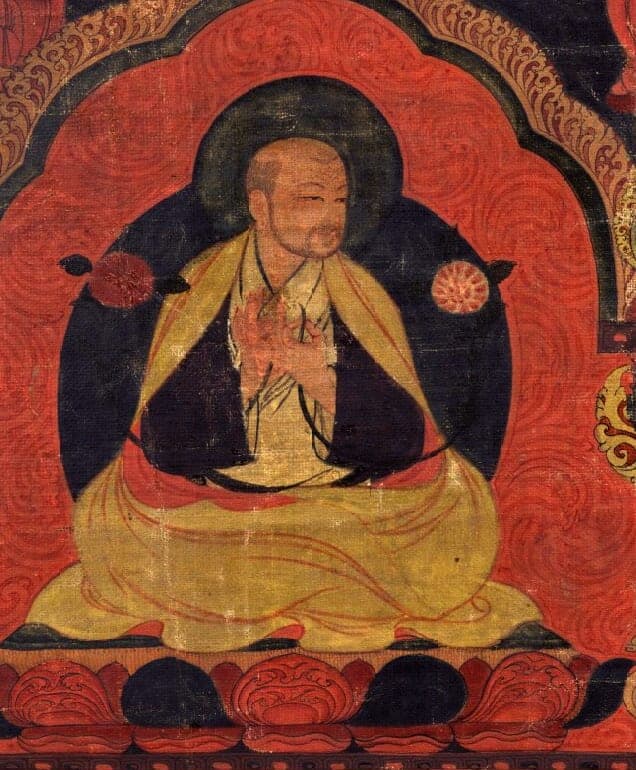
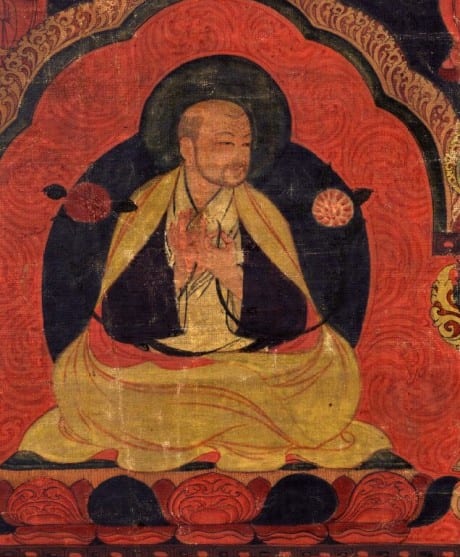

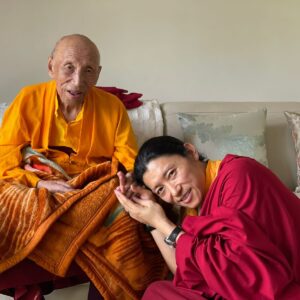
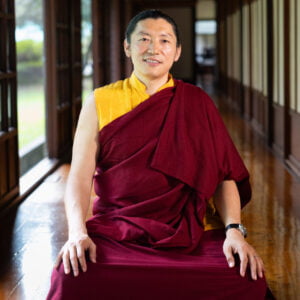
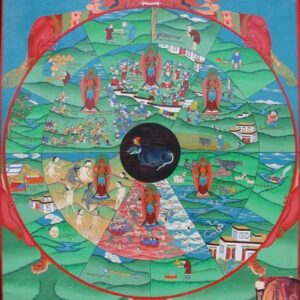



Responses